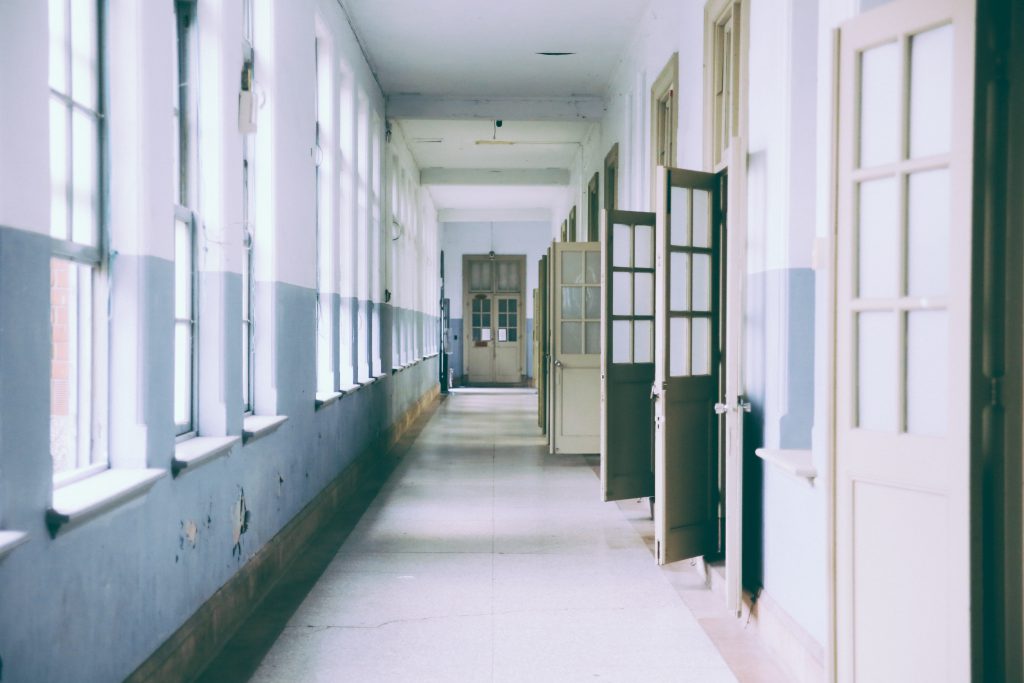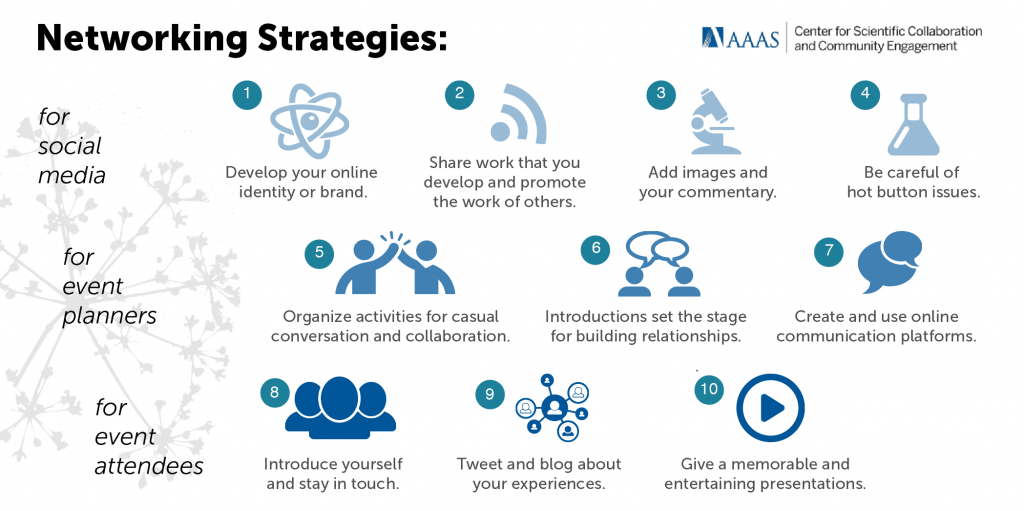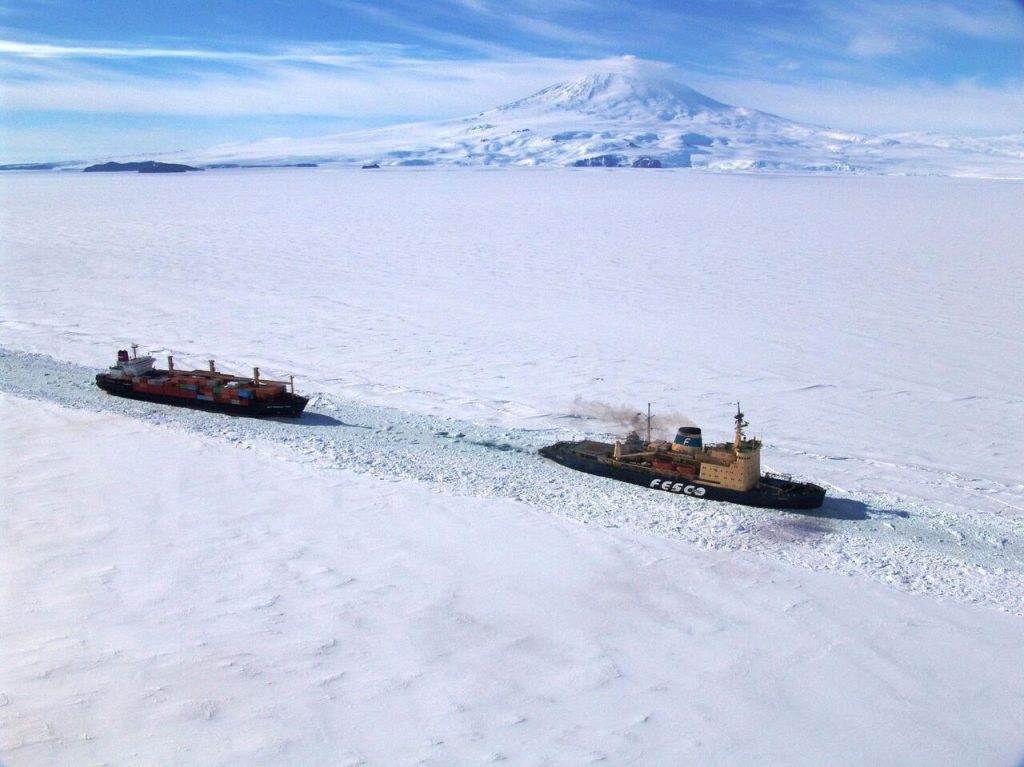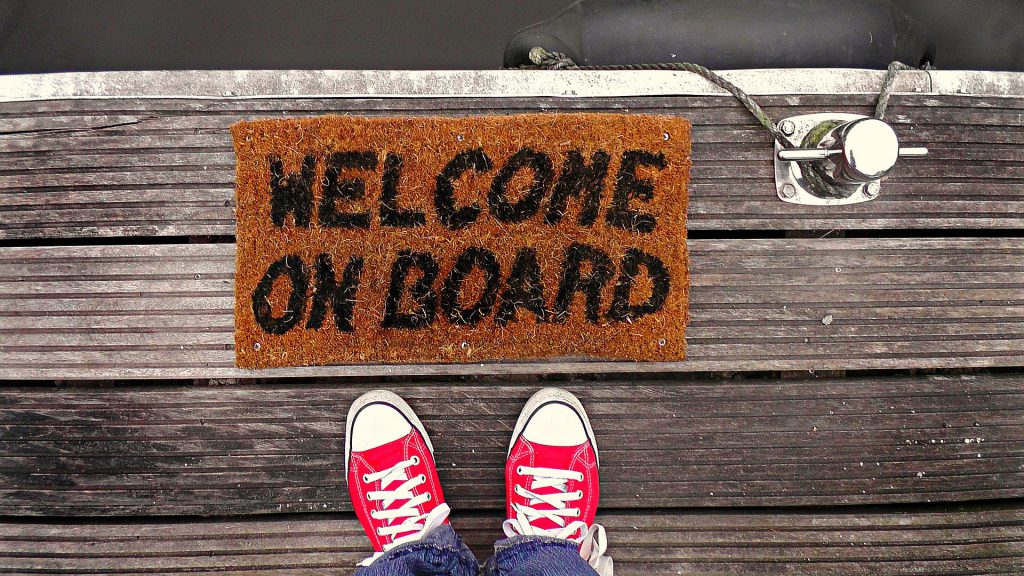Brit Myers is a Project Manager for the Arctic Research Consortium of the U.S. (ARCUS), a non-profit membership organization with the mission of facilitating cross-boundary Arctic knowledge, research, communication, and education. She works to enhance the ability of the highly distributed Arctic research community to connect with one another and work more effectively through collaborative research programs.
Last year I was invited by Dr. Luisa Cristini from the Alfred Wegener Institute to co-convene a session at the American Geophysical Union (AGU) Fall Meeting. Luisa was interested in submitting a session proposal specifically focused on issues relevant to the work of scientific project managers – a job title she and I share. Hoping to attract a larger number of abstracts to the proposed AGU session, we also agreed to reach out to the AAAS CEFP community to see if our session topic might be similar enough to their interests to warrant collaboration. Luckily, CSCCE’s Lou Woodley and another group of #CEFP17 session conveners agreed to join us in our efforts!
However, as we drafted the combined AGU session description – and during a number of other conversations that followed – there was some genuine uncertainty about where the boundaries might stand between those focused on professional development from a “Project Manager” standpoint vs. that of a “Research Community Manager.” For anyone with a Project Management job title, it is hard to forget that Project Management is a well-established profession with an official Body of Knowledge (PMBOK) regulated through accreditation organizations like the Project Management Institute. Alternatively, the “Research Community Manager” is viewed by the new Center for Scientific Collaboration and Community Engagement as an “emerging profession,” distinct enough from both traditional project management and/or non-scientific online community management to justify the time and attention needed to professionalize and institutionalize the role.

Continue reading “Stepping Beyond the Personal and Professional Silos of a Research Project Manager”



